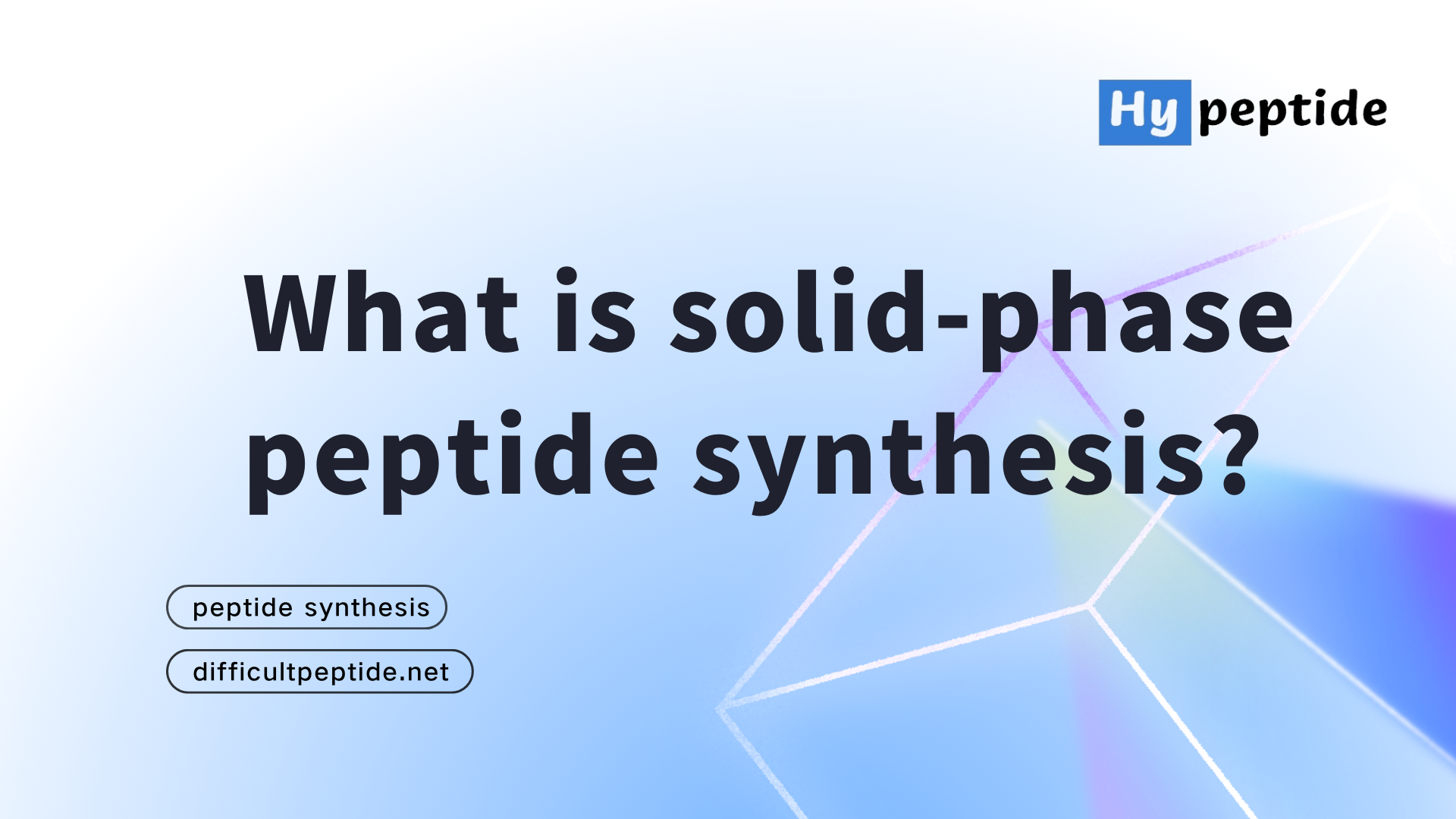
What is solid-phase peptide synthesis?
Solid-phase peptide synthesis (SPPS) is a method used to chemically synthesize peptides on a solid support. This technique was developed by Nobel laureate Bruce Merrifield in the 1960s and has since become a widely adopted approach for the efficient and automated synthesis of peptides.
Here’s a simplified overview of the solid-phase peptide synthesis process:
- Solid Support: The synthesis begins with anchoring the C-terminal amino acid of the peptide to an insoluble, solid support material. This material is often a resin bead. The choice of solid support allows for easy isolation and purification of the growing peptide chain.
- Activation: The amino acids are added one by one to the growing peptide chain, starting from the C-terminus. Each amino acid is coupled to the growing chain after activation. Activation involves temporarily protecting the amino group and activating the carboxyl group to enhance its reactivity.
- Coupling: The activated amino acid is then coupled to the growing peptide chain on the solid support. This step is repeated for each amino acid in the sequence, extending the peptide chain in a stepwise fashion.
- Deprotection: After each coupling step, the temporary protecting groups are removed to expose the reactive groups for the next coupling. This ensures the correct and selective addition of each amino acid.
- Repetition: Steps 2-4 are repeated until the desired peptide sequence is achieved.
- Final Deprotection and Cleavage: Once the peptide synthesis is complete, the fully assembled peptide is cleaved from the solid support. Any remaining protecting groups are removed, and the peptide is released into solution.
- Purification: The crude peptide mixture is then purified using techniques such as chromatography to isolate the desired peptide product.
The advantages of solid-phase peptide synthesis include its efficiency, the ability to automate the process, and the ease of purification. SPPS has played a crucial role in the synthesis of peptides for research, pharmaceuticals, and various other applications in the field of biochemistry.
Leave a Reply